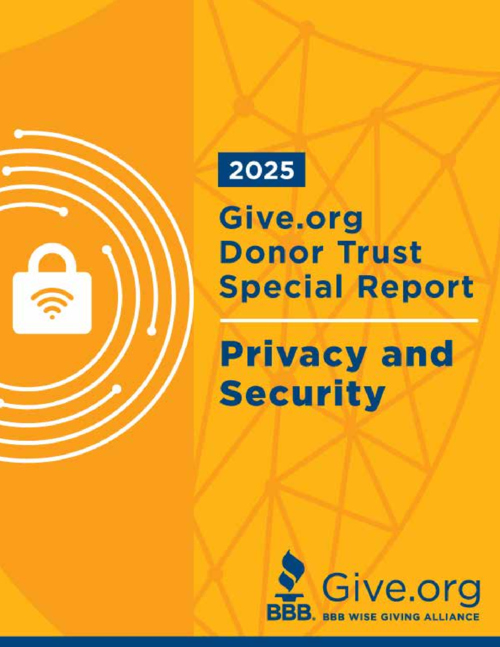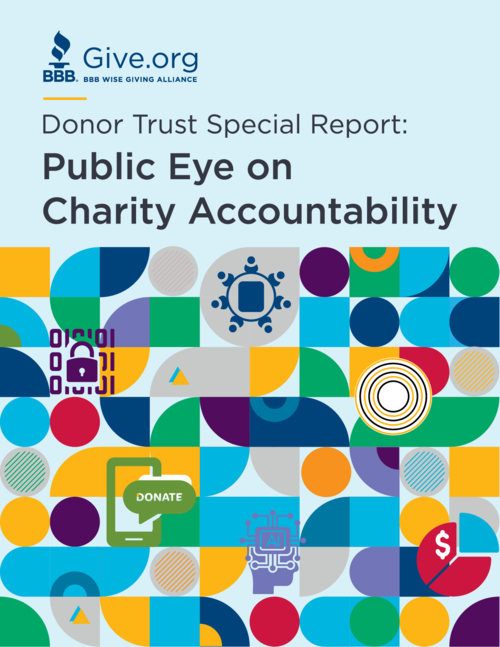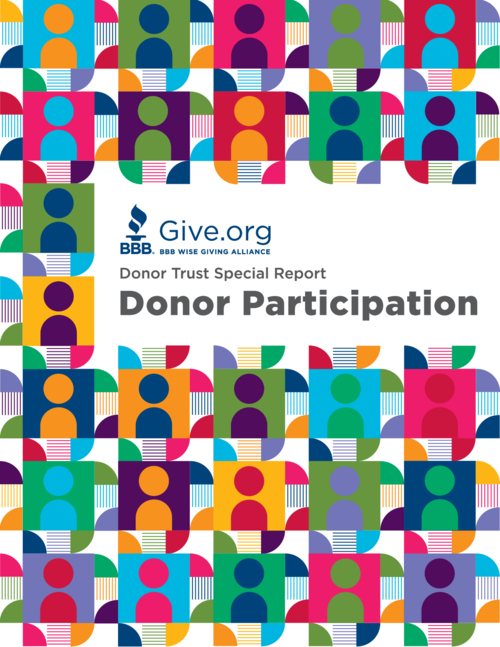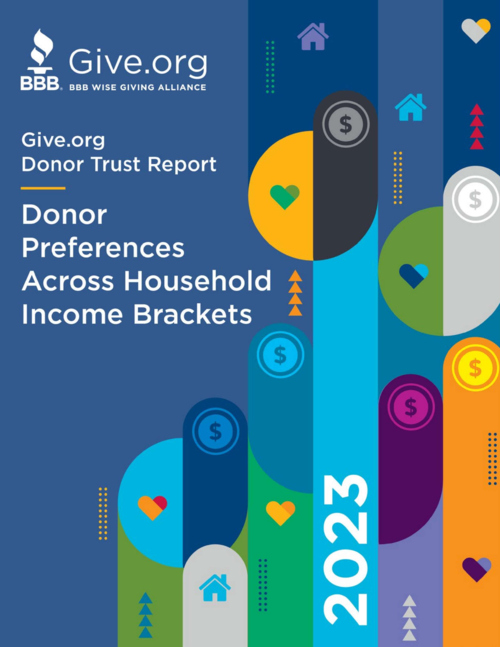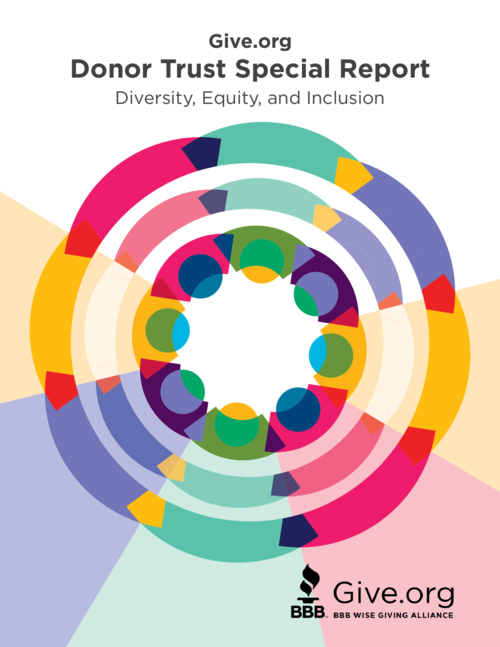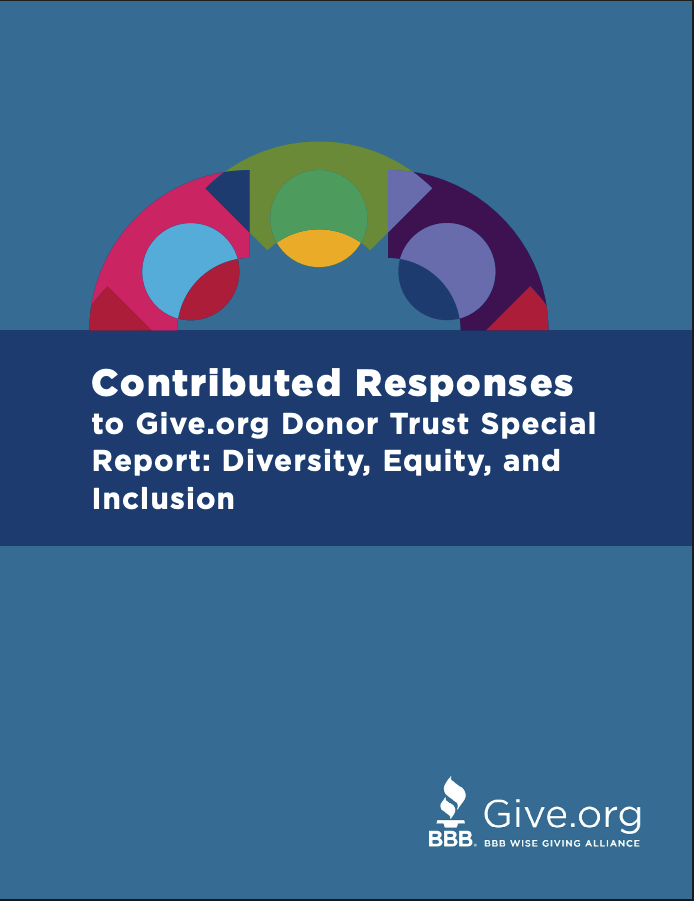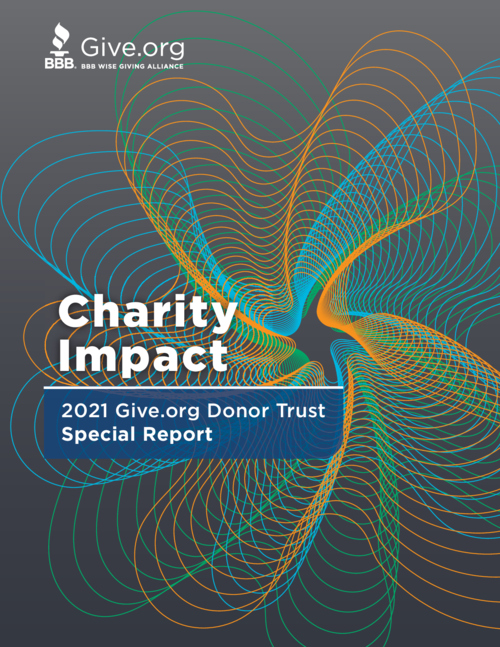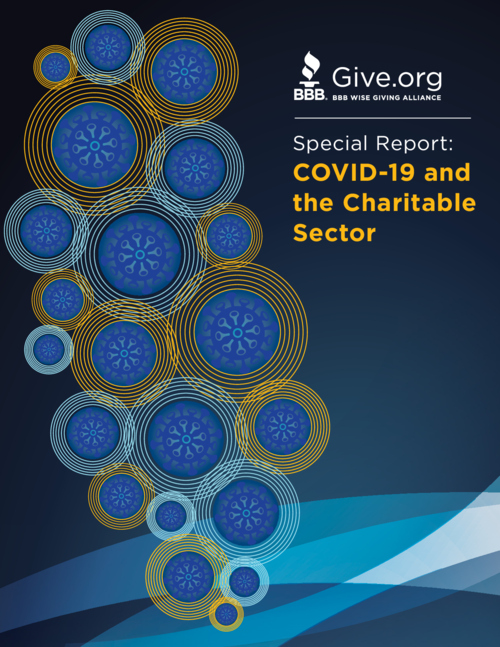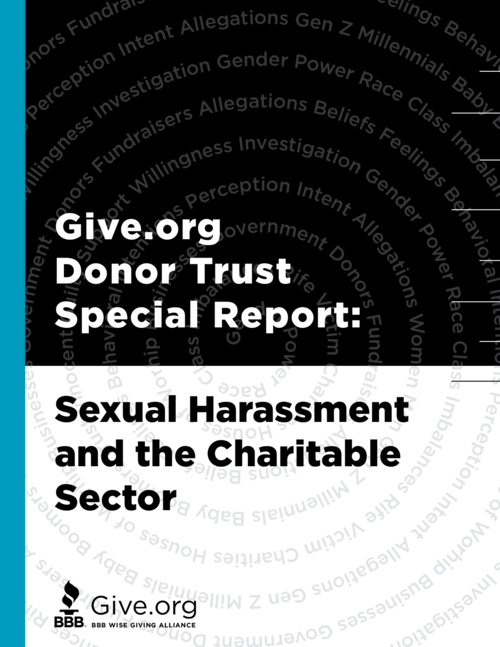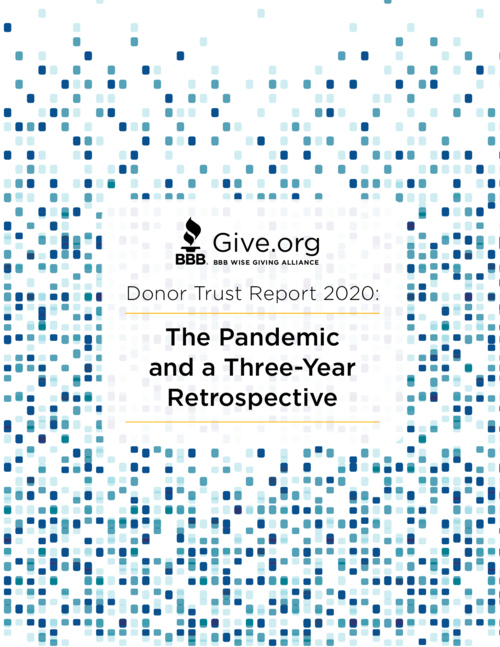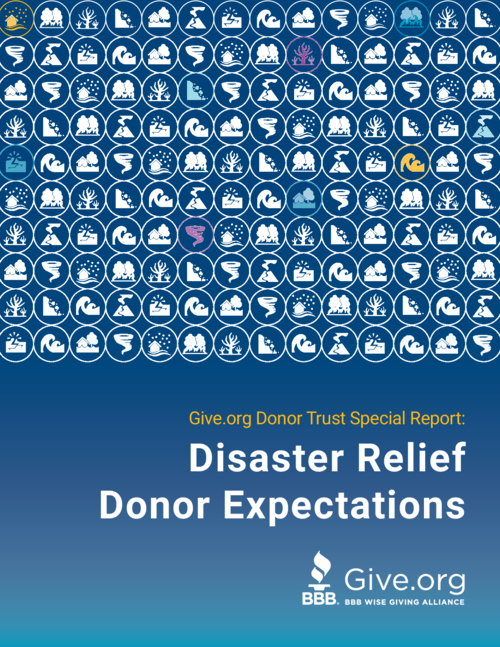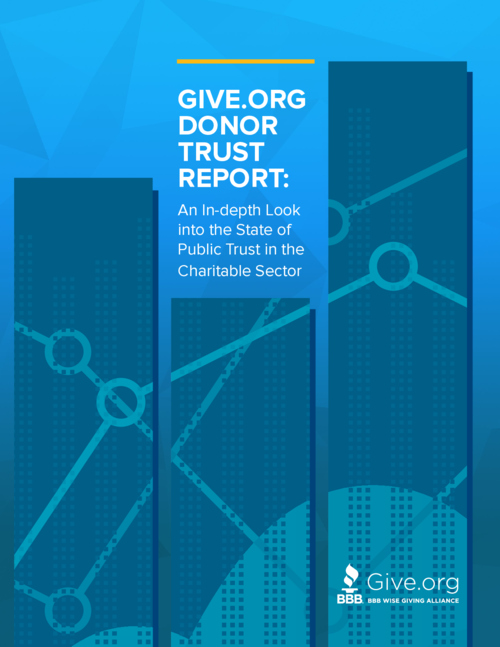Donor Trust Report: Public Awareness of Challenges Facing the Charitable Sector in 2025
In the Give.org Donor Trust Report: Public Awareness of Challenges Facing the Charitable Sector in 2025, we examine public awareness of key pressures affecting charities, including federal funding cuts, new federal interpretations of diversity, equity, and inclusion (DEI), and the perceived politization of the sector.
Our findings show that fewer than one in three respondents (32%) were aware of federal funding reductions for charities in 2025; Yet, among those who were aware, most (65%) viewed the cuts negatively. Awareness and attitudes varied by generation, as younger respondents were more likely to believe government funding increased. Participants also believed “charities today are more involved in political issues than they were 10 years ago”, with only 9% disagreeing with that statement.


